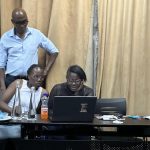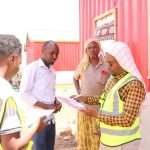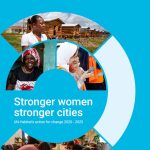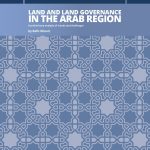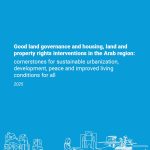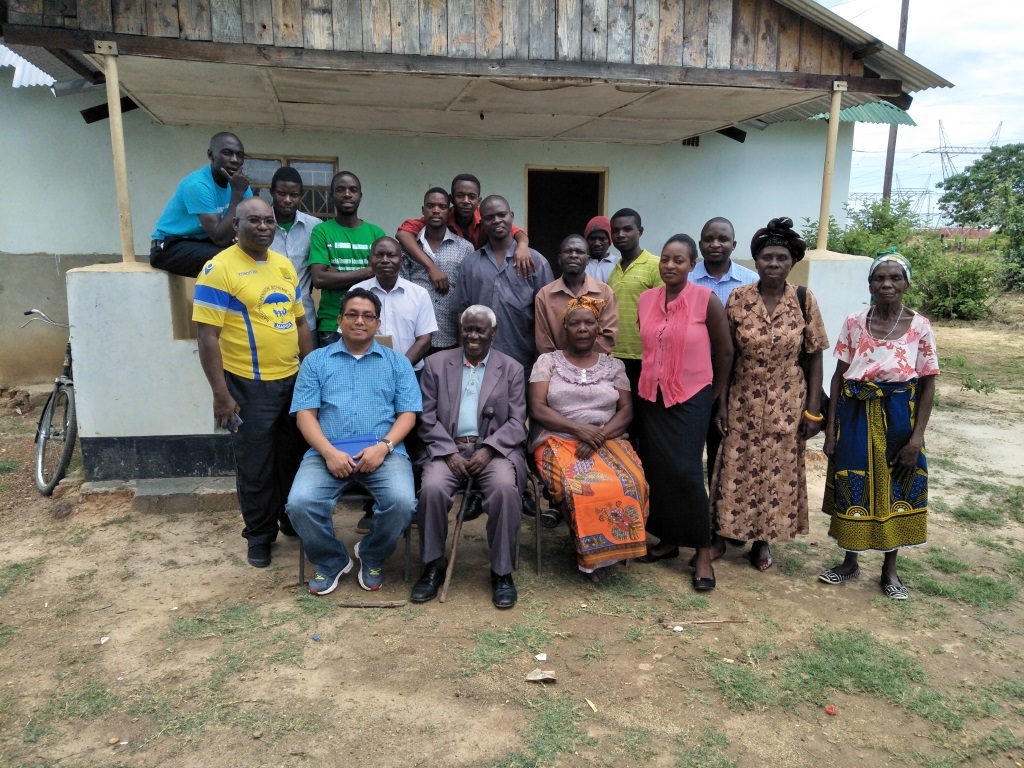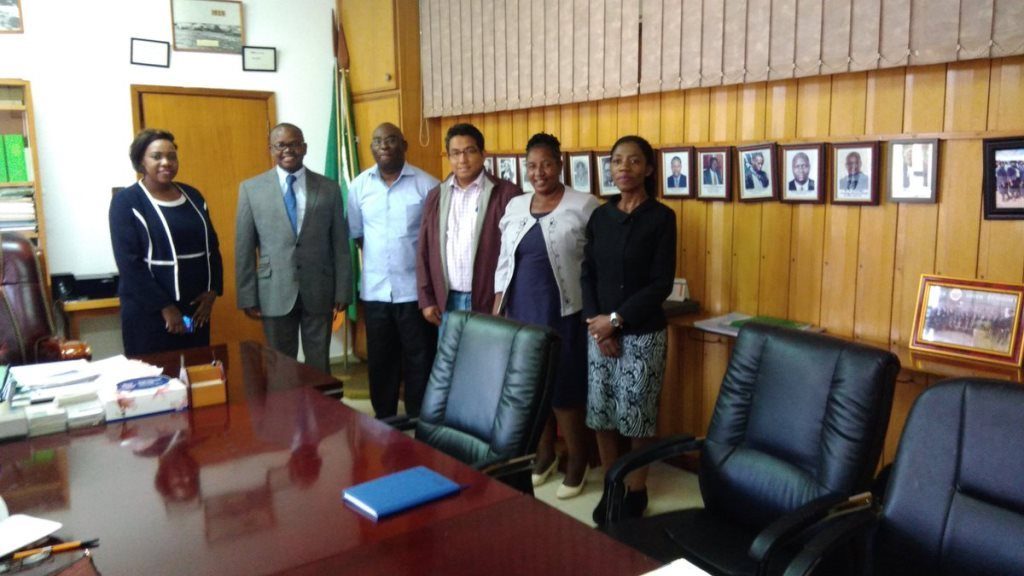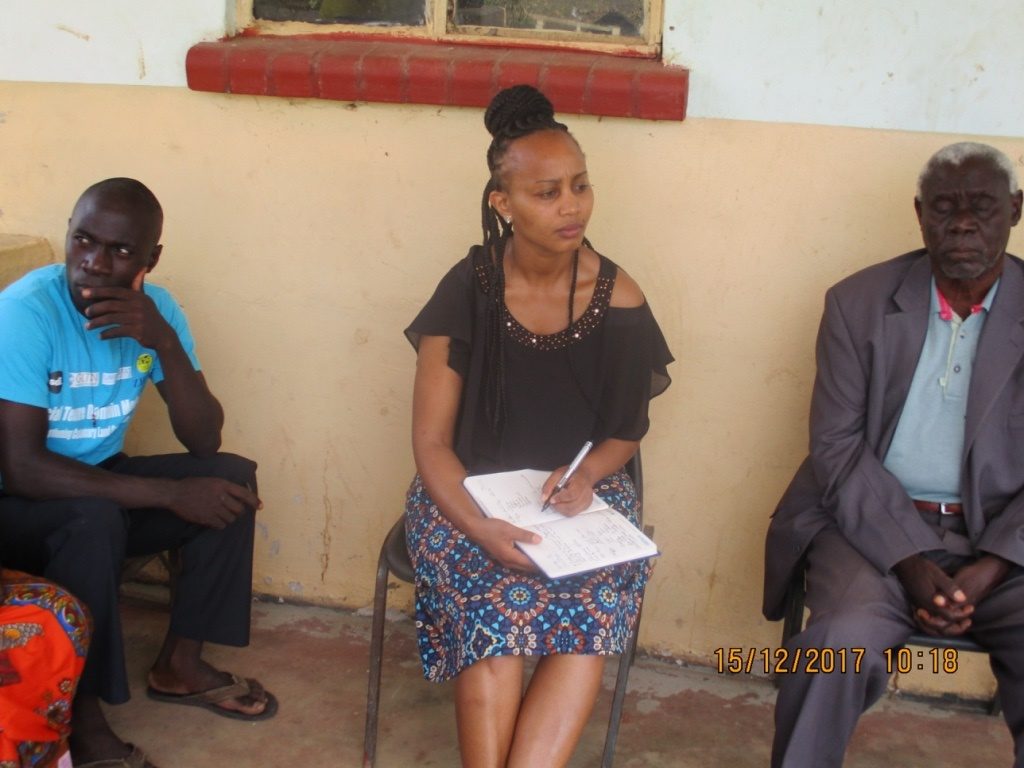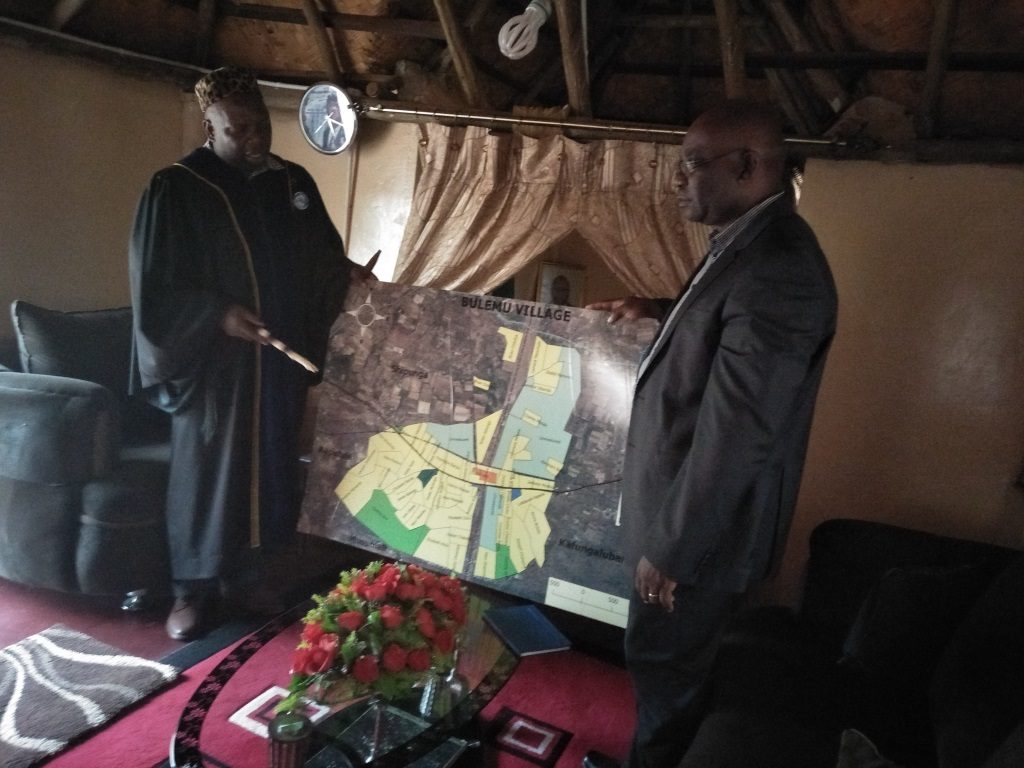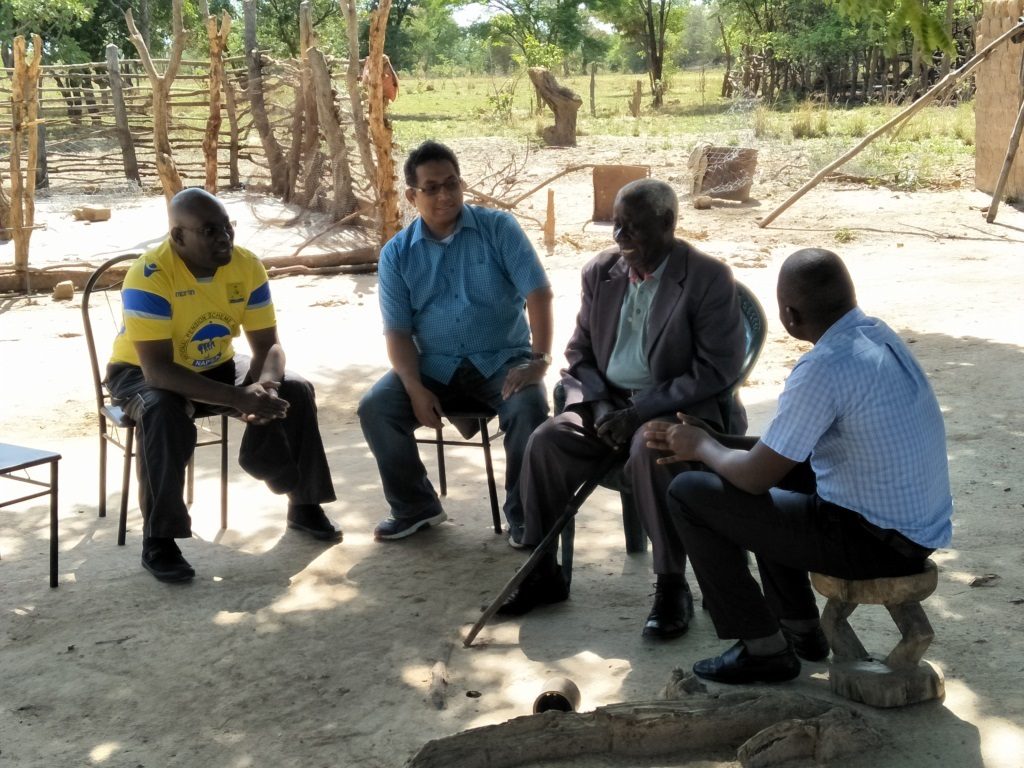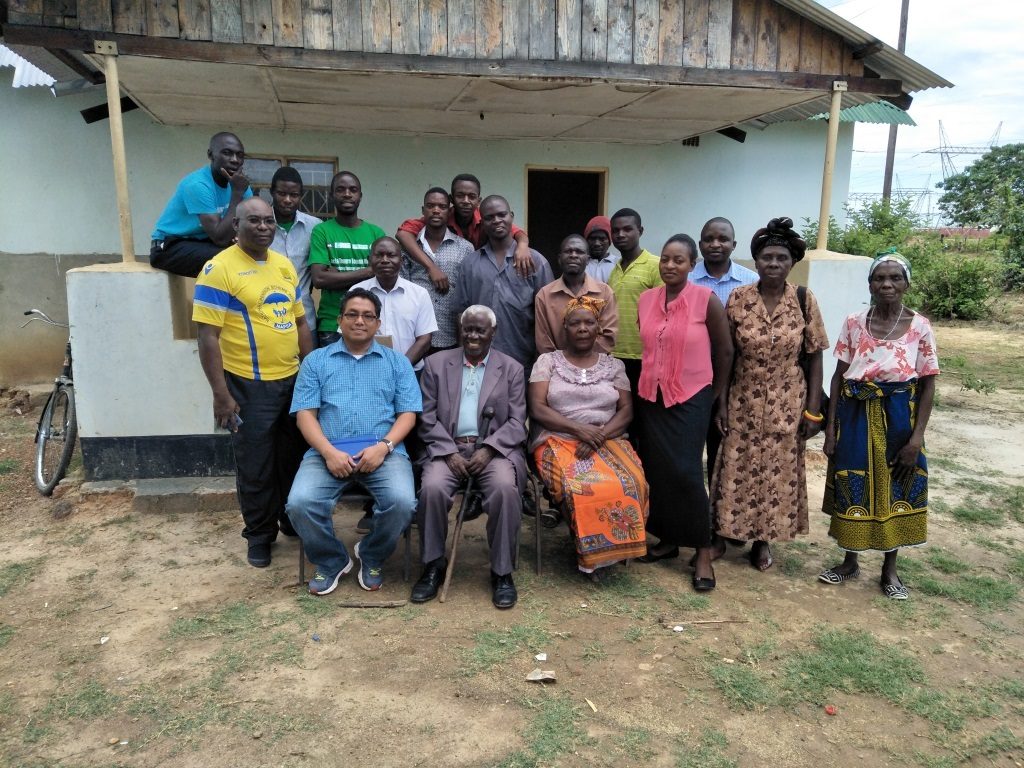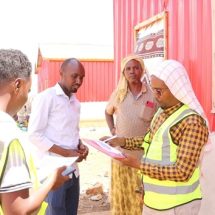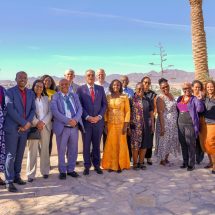GLTN-supported land interventions in Zambia have accelerated in the last few months. GLTN in close collaboration with national government authorities and national partners has been supporting three key land interventions in Zambia including supporting the:
- The Ministry of Lands and Natural Resources on the development of a National Land Policy,
- The Lusaka City Council on the issuance of certificates of land occupancy in Kanyama, and
- The People’s Process on Housing and Poverty in Zambia (PPHPZ) to support customary land certification in three villages in the Chamuka Chiefdom.
With the leadership of the Ministry of Lands, Natural Resources and Environment Protection, a new version of National Land Policy has been drafted in consultation with various land stakeholders including with the customary chiefs who are responsible in managing more than 90% of land resources in the country. The consultation process is still on-going with some scheduled validation meetings in the coming months. It is expected that early next year, the National Land Policy will be adopted by the Cabinet.
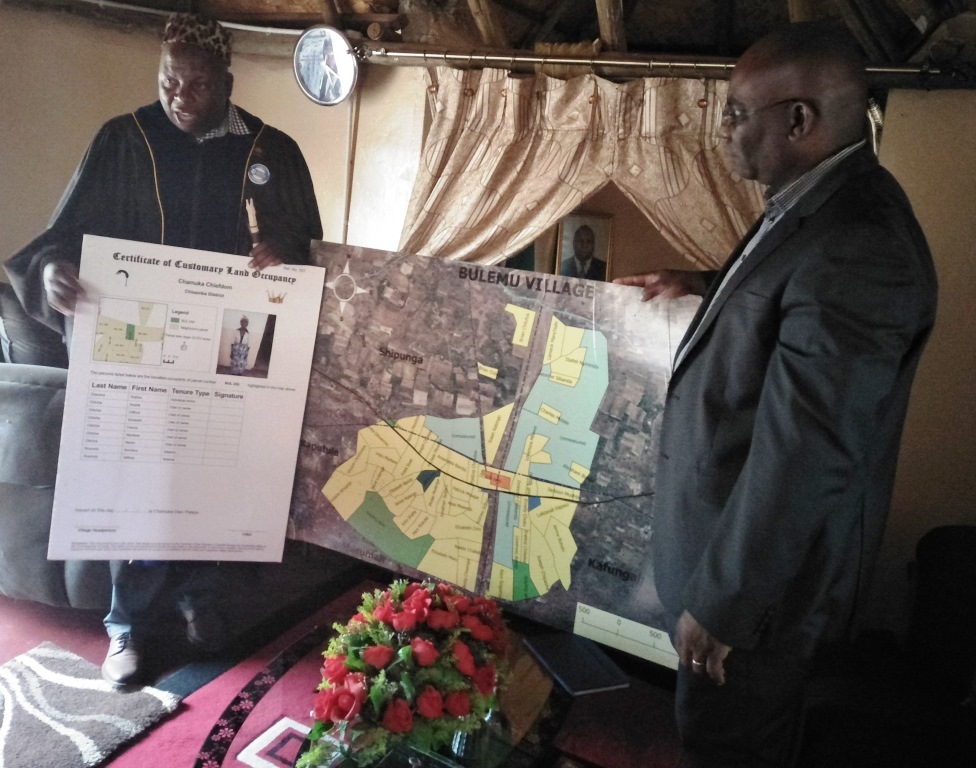
Building from the previous experience in Bulemu, the PPHPZ in close coordination with the Chief of Chamuka Chiefdom and elders, has managed to undertake the participatory enumeration and mapping work in three villages comprising of 2,000 hectares with about 150 households. In a recent monitoring visit to Chamuka Chiefdom, His Royal Highness Chief Chamuka underlined the importance of registering and documenting the land rights for his people, adding that the proximity of his Chiefdom to Lusaka makes Chamuka’s land very susceptible to land grabbing and encroachment.
Meanwhile, the Lusaka City Council reported that about 6,000 households were enumerated and mapped in Kanyama Settlement, the largest urban informal settlement in Zambia.
The data entry and analysis has commenced and is currently being supported by Ms. Thandikosi Gracious Dewah from Zimbabwe. She was mobilized through the Volunteer Community Surveyor Program (VCSP), a joint programme between GLTN, International Federation of Surveyors (FIG), FIG Young Surveyors Network and FIG Foundation, which aims to leverage the skills and expertise of young surveyors to support the implementation of GLTN’s activities at country level. The initiatives have been lauded by residents of Kanyama settlement who are expected to receive 30-year certificates of occupancies from Lusaka City Council soon.
More images from Zambia
Article/Photos: Hellen-Nyamweru Ndungu

